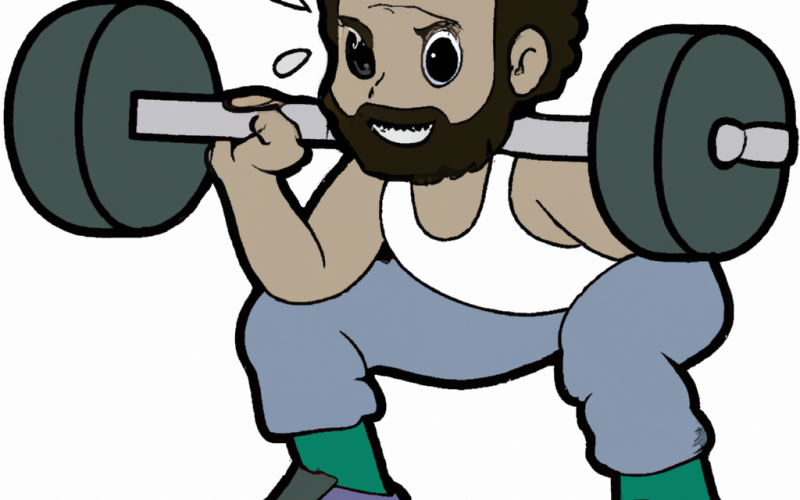One of the frequently asked questions in the fitness realm relates to the time it takes to see noticeable growth in the buttocks. The answer, however, varies based on several factors, including genetics, diet, exercise intensity, and consistency. This article will delve into the intricacies of gluteal growth and what you can realistically expect on your journey.
The Science Behind Muscle Growth
Understanding the science of muscle growth is crucial in setting expectations. When you engage in resistance training, you cause micro-tears in the targeted muscles. During the recovery phase, these muscles repair and grow thicker, leading to hypertrophy, or muscle growth. The glutes, when subjected to proper training, follow this same pattern.
Factors Influencing Glute Growth
Genetics
Genetics plays a significant role in determining the size, shape, and potential for muscle growth in various body parts, including the buttocks. Some individuals might notice growth faster due to their genetic makeup, while others might need to invest more time and effort.
Diet and Nutrition
Muscle growth is facilitated by a calorie surplus and adequate protein intake. Consuming sufficient nutrients fuels the muscles and aids in their repair and growth. Without proper nutrition, even the most rigorous workouts might yield limited results.
Exercise Intensity and Consistency
The frequency, intensity, and consistency of your workouts greatly influence the speed of muscle growth. Progressive overload, which involves gradually increasing the weight or resistance in exercises, is essential to continual growth.
Rest and Recovery
Overworking the muscles without giving them ample time to recover can be counterproductive. Rest is when most of the repair and growth happen. Ensure you’re allowing your glutes sufficient recovery time between targeted workouts.
Realistic Expectations and Timelines
Initial Phase (1-3 months)
During the first few months of consistent training, most individuals notice improved muscle tone and firmness. However, this is often due to muscle endurance enhancements and not necessarily size growth.
Intermediate Phase (3-6 months)
With continued strength training and proper nutrition, noticeable hypertrophy can start to occur during this phase. The buttocks may begin to appear rounder and more lifted.
Advanced Phase (6 months onwards)
From the six-month mark, significant growth and changes in shape are more evident, especially with consistent training and dietary efforts. The rate of growth might slow down as you progress, necessitating changes in workout strategies to overcome plateaus.
While many wish for rapid results, muscle growth, especially in the glutes, is a gradual process. Patience, consistency, and a commitment to both exercise and nutrition are paramount. By understanding the factors influencing growth and setting realistic expectations, you can better appreciate the journey and the transformative results along the way.
